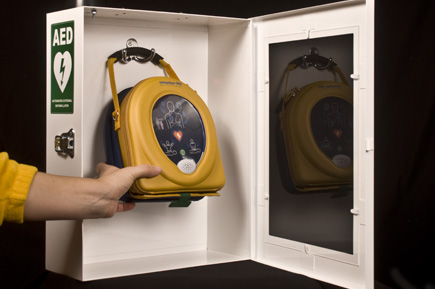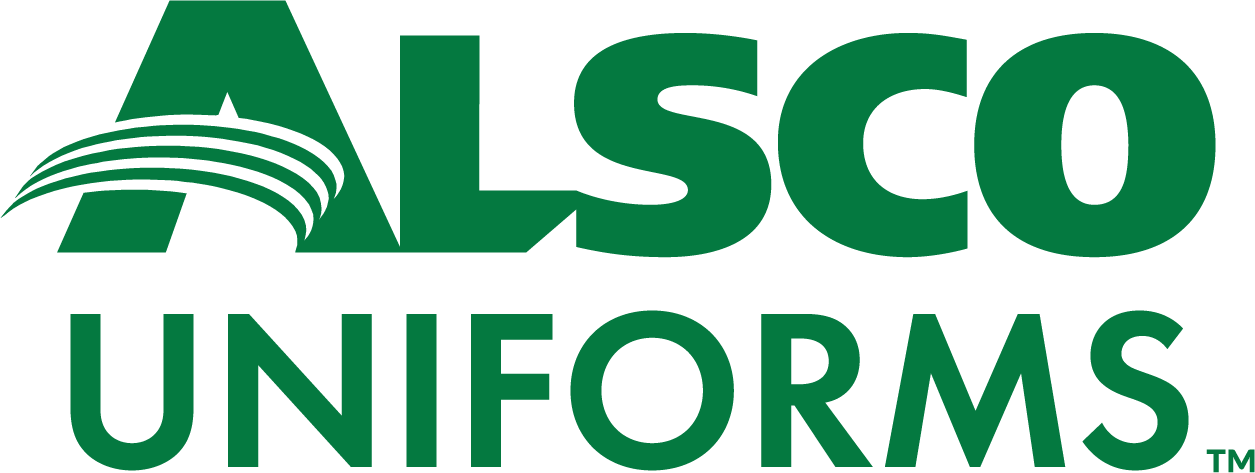
What is the History of the AED in Singapore?
The use of the Automated External Defibrillator, known as an AED, can be traced back to 1989 in Singapore when 24 trainees graduated and had access to two AEDs donated to the Singapore Civil Defence Force by the then Singapore National Heart Foundation (now known as the Singapore Heart Foundation). They were put to use within two weeks when a 37-year-old electrician needed its services.
The National Resuscitation Council decided to integrate both CPR (cardiopulmonary resuscitation) and AED training into one course. It had been previously assumed that either one of the procedures was enough to handle a cardiac arrest emergency.
Who is Qualified to Use an AED?
According to the Workplace Safety and Health Act, there must be well-trained first aid responders in the workplace. These are the people who will handle emergency situations within and around the workplace, monitor and maintain first aid kits and rooms and use CPR and an AED on cardiac arrest patients.
A potential responder should possess the following qualities:
- Must first and foremost be able to stay calm in an emergency
- Should be mature and responsible enough to handle the pressure of the situation
- Will be able to drop their regular duties to handle an emergency in and around the workplace
- Should be physically and mentally fit
Those who fit this bill can then undergo first aid training to become licensed and able to manage first aid and emergencies in the workplace. Companies and individuals must ensure that training is provided by a Ministry of Manpower approved training facility, all documented under ‘Occupational First-Aid Courses’.
Once training is complete, licenses will be issued to qualified responders and will be valid for three years. After this period lapses, refresher courses must be undertaken to renew the license.
Some companies train as many people as possible in basic first aid.
In fact, there is a 45-minute course on CPR and AED training known as DARE, or Dispatcher-Assisted First Responder. It is simple and hands-on and anyone as young as 11 years old can enrol.
AED+CPR Training: What You Need to Know

Using an AED or Defibrillator
Assigned responders need to be physically fit and be able to carry out all set course objectives. Upon successful completion of the course, your license will be valid for three years. When looking to renew, you must attend refresher courses within three months before or after the licence expiry date. If it goes beyond this time frame, then you must complete training all over again.
When selecting a training centre, aside from ensuring that it is recommended by the Ministry of Manpower, select one whose instructor to mannequin to student ratio is about 1:1:6. This means that the trainer is able to offer you quality training.
If an instructor needs any additional material on CPR+AED protocol and other training requirements, the Singapore Resuscitation and First Aid Council offers public access. They will also offer information on all training courses for interested first aid responders.
What Does CPR+AED Training Teach You?
While AEDs don’t necessarily need to be administered by medically-trained professionals, proper training is recommended to ensure the best possible application of the device in an emergency situation.
Each year, 2,300 Singaporeans experience cardiac arrest. Of those, only 3% survive, with 70% of them doing so because first aid was performed within three minutes of a cardiac arrest.
Note that in Singapore it takes about 15 minutes for an ambulance to arrive at an emergency scene, which means a responder well-trained in CPR+AED is crucial in such a situation. There are some basic procedures that a trained responder will learn about in order to be able to save a life.
First, the responder must try to wake up the patient to determine if it is a cardiac arrest or another condition. Asking, “Are you OK?” multiple times while gently shaking the patient is the first thing to try. If unsuccessful, call 995 to speak to an emergency responder and stay on the line.
Quickly assess the scene of the incident and check for metallic or flammable items that could affect the proper use of an AED. At the same time, ask a volunteer to get an AED machine so it can be used on the patient.
At this time, CPR should already have begun, either by mouth-to-mouth (30 compressions and two ventilations) or hands-only (continuous pumping of the chest in regular intervals).
Set up the AED machine for use or ask someone to assist, so you do not stop the CPR process. Expose the patient’s chest and check if they have a pacemaker or a wet chest. A trained CPR+AED responder can work around the pacemaker to work on the patient.
Follow the AED prompts as you proceed with CPR. Let this process continue until the paramedics or ambulance arrive at the scene to take over.
The Benefits of Having a First Aid Coordinator in the Workplace
A First Aid Coordinator is someone who will not only undertake all first aid activities in the company, but will also be in charge of any other trained responders. There are many benefits, which include:
- They will monitor all first-aid kits in the company to ensure they are well-stocked. Depending on your workplace, you could reach out to Alsco, who offer a managed first aid kit service. Alsco offers quality, well-stocked first-aid kits for an affordable, all-inclusive monthly fee.
- Coordinators will be able to determine where first aid kits and AEDs should be installed within the workplace.
- They will help the company identify how many trained responders they need. In most cases, one responder will cater to 100 workers, and each company must have at least one responder if the number of staff members is 25 or more.
- Coordinators will ensure that all responders attend refresher courses required for licence renewal.
- They will help to conduct emergency response briefings at regular intervals to all staff members. This is usually a good time to show staff members where first-aid kits and AEDs are placed within the building among other emergency procedures.
- Finally, the Coordinator and designated responders should be able to give the company an honest report on their readiness in case of emergencies. This means that recommendations must be shared regarding how many responders the company needs; if any maintenance needs to be conducted on first-aid kits or rooms; and if there are any workplace hazards that should be addressed to keep the workers safe.
Ensure WSH compliance with Alsco’s fully managed first aid kit service.
